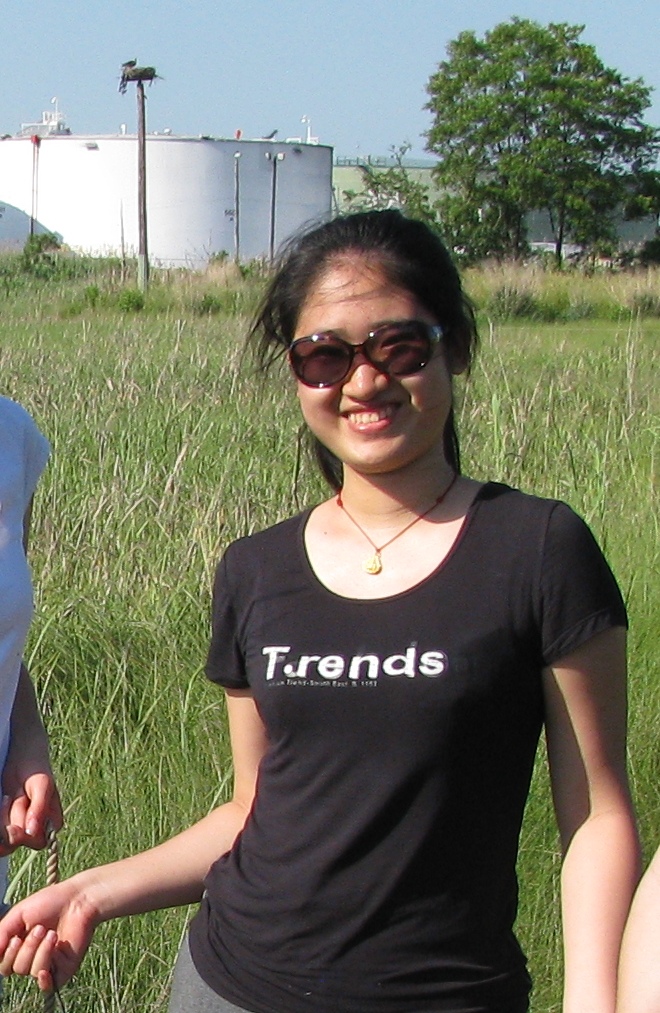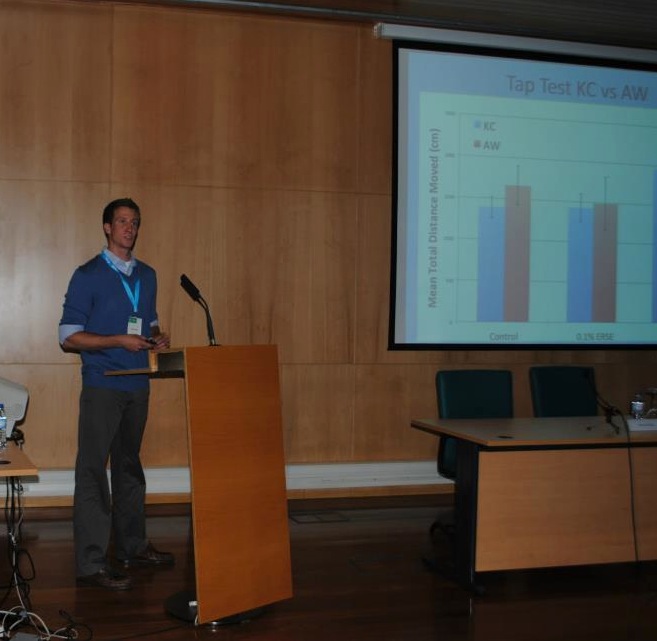
By Audrey Bone
If you’ve ever played the Oregon Trail game, you know that having good relationships with local wildlife and trail guides is an important part of making it across the country without starving or losing your wagon to a deep river. I recently forged my own trail from Duke University (Durham, North Carolina) to Oregon State University (Corvallis, Oregon) for a K.C. Donnelly Externship. And while I haven’t been too worried about contracting cholera, I am seeing just how important working together with other people can be.
K.C. Donnelly was a scientist associated with the Superfund Research Program who was dedicated to training young scientists and believed in the value of productive partnerships. Now, K.C. Donnelly Externships are awarded in his honor to Superfund trainees that want to spend time at another lab doing translational or transdisciplinary research. This means that students and postdocs get the opportunity to do something different from what they normally do in their home labs while fostering relationships with possible collaborators.

For me, this means that I’m spending 6 weeks at the Tanguay lab at Oregon State University. As a Ph.D. student in the Di Giulio lab at Duke, I’m normally doing research focused on understanding how titanium dioxide nanoparticles can react with polycyclic aromatic hydrocarbons (PAHs) to possibly form degradation products that are more toxic than the original contaminants.

Or, in English, I’m investigating how nanoparticles can be used to remove contaminants from the environment. Do nanoparticles break down (or degrade) the original contaminant into a chemical that’s safer or more toxic? How does light affect the process? I use the zebrafish, a small, striped freshwater fish that other labs at Duke use as well for Superfund research, as a model to compare undegraded PAHs to degraded PAHs.
The Tanguay lab uses the zebrafish as well, which is great because after 4 years of working with them, I have grown very attached to my stripey friends. However, they do things a little differently than we do. They have robots (which kind of look like a souped-up sewing machine) that can automatically place eggs on plates and dose them with whatever chemical you are testing. After dosing the eggs, the robots screen them for deformities and perform behavioral tests. I’m learning how to use new equipment, new approaches and new laboratory techniques while I’m here so that I can apply them to my research project at home in the Di Giulio lab.
Not only am I getting to acquire new skills, but I’m also getting to meet other grad students, postdocs, and scientists and form working relationships. These kinds of relationships are what make for good scientific collaborations later down the line that let scientists each work on small parts of a larger project together and figure out bigger problems than they could working alone.





